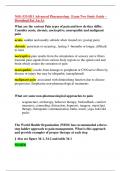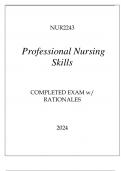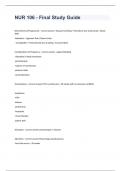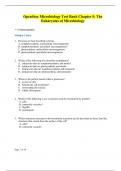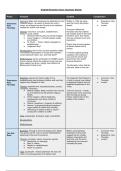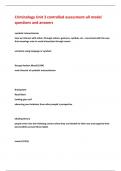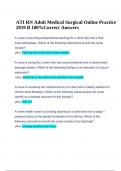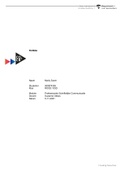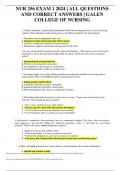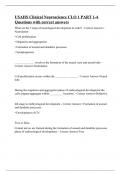Other
NSG-533-H11 Advanced Pharmacology Exam Two Study Guide – Download For An A+
- Course
- NSG 533
- Institution
- Chamberlain College Of Nursing
NSG-533-H11 Advanced Pharmacology Exam Two Study Guide – Download For An A+ What are the various Pain types of pain and how do they differ. Consider acute, chronic, nociceptive, neuropathic and malignant pain acute- sudden and usually subside when treated (ex: postop pain) chronic- persistent...
[Show more]
